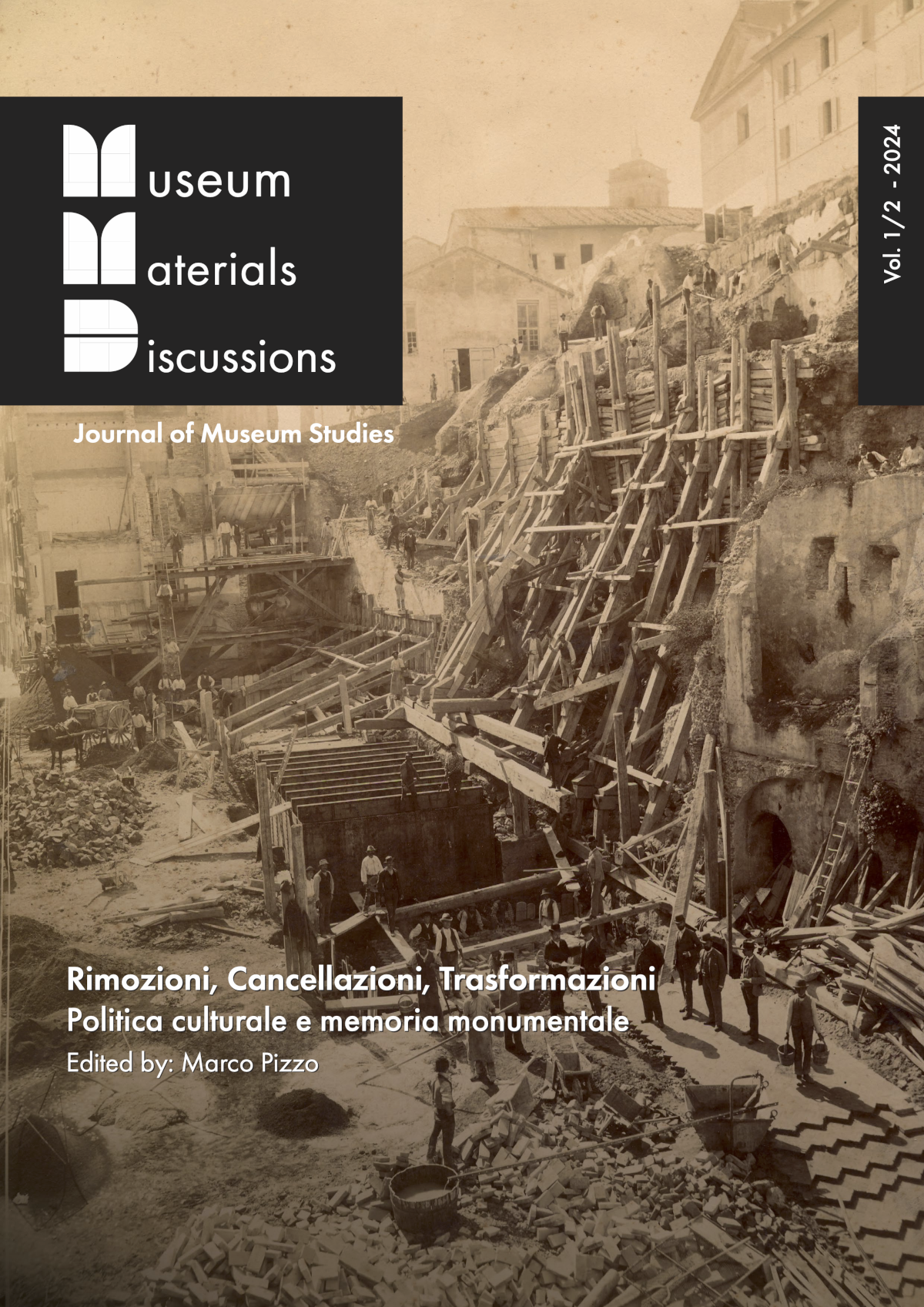The Long Story of Statues of Columbus: Revisiting Cultural Heritage Symbols in the United States
DOI:
https://doi.org/10.6092/issn.3034-9699/20193Keywords:
Christopher Columbus, Monument, Identity, Colonialism, CommunityAbstract
One of the most celebrated, glorified, studied, questioned, and attacked historical personalities, Christopher Columbus is undeniably a significant component of American identity. A contemporary icon for a large part of the Italian American community, Columbus was regularly mentioned and celebrated as early as the Founding Fathers. For a long period, the Italian American community was the victim of racism and discrimination, and the figure of Columbus was also intended to alleviate such suffering by recognizing the positive contribution of Italians to America. Over time, criticisms of Columbus’s historical figure began to emerge, only to multiply more recently. Such criticism coincided with several factors, but the development of historical analysis—particularly of colonialism and slavery—and the increased focus on the history and rights of Indigenous peoples and of African Americans were (and still are) crucial. The history of the monuments of Columbus is linked to the complex, painful, multifaceted relationship between the United States and its Italian American community, and the United States and its Native American and African American communities. To deal with the impasse, new approaches should be conceived, not to divert but to broaden attention to constructive and creative factors for more open and forward-looking thinking.
Downloads
Published
How to Cite
Issue
Section
License
Copyright (c) 2024 Barbara Faedda

This work is licensed under a Creative Commons Attribution 4.0 International License.





